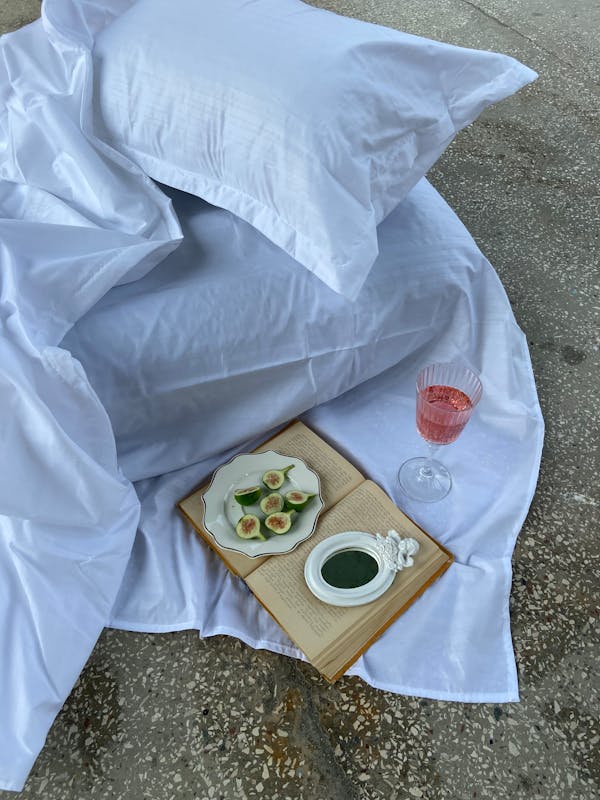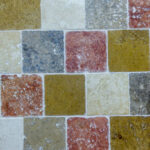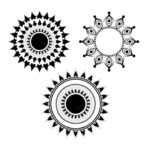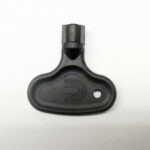Bamboo sheets have gained popularity for their luxurious feel, eco-friendly properties, and exceptional comfort. As consumers become more conscious of their environmental impact and seek sustainable products, bamboo sheets have emerged as a favored choice in bedding. This article explores the benefits of bamboo sheets, factors to consider when purchasing them, different types of bamboo fabrics, and essential care tips to maintain their quality and performance.
Benefits of Bamboo Sheets
Bamboo sheets are renowned for their silky soft texture, offering a luxurious feel that rivals high-end fabrics like silk or Egyptian cotton. The natural fibers are smooth and gentle on the skin, making bamboo sheets suitable for individuals with sensitive skin or allergies.
Breathability and Temperature Regulation
One of the key advantages of bamboo sheets is their excellent breathability. Bamboo fibers have micro-gaps that enhance airflow, allowing for better ventilation compared to traditional bedding materials. This natural breathability helps regulate body temperature, keeping you cool in the summer and warm in the winter for a comfortable sleep experience year-round.
Hypoallergenic and Antibacterial Properties
Bamboo possesses natural antibacterial and hypoallergenic properties, thanks to “bamboo kun,” an antimicrobial agent found in bamboo fibers. This makes bamboo sheets resistant to bacteria, mold, and allergens, creating a cleaner and healthier sleep environment. Bamboo sheets are ideal for individuals with allergies or respiratory sensitivities.
Moisture-Wicking Capability
Bamboo fibers have excellent moisture-wicking abilities, absorbing moisture from the skin and allowing it to evaporate quickly. This helps regulate humidity levels and keeps you dry and comfortable throughout the night, preventing discomfort from sweat or humidity buildup.
Eco-Friendly and Sustainable
Bamboo is a highly sustainable resource that grows quickly without the need for pesticides or excessive water. Choosing bamboo sheets supports eco-friendly practices in textile production and reduces environmental impact compared to conventional bedding materials. Bamboo sheets are biodegradable and contribute to sustainable living.
Types of Bamboo Fabrics
Bamboo viscose is the most common type of bamboo fabric used in bedding. It offers a silky texture and luxurious feel, making it popular for high-end bamboo sheets. Bamboo viscose sheets are soft, breathable, and provide excellent moisture-wicking properties for a comfortable sleep experience.
Bamboo Lyocell (Tencel)
Bamboo lyocell, also known as Tencel, is a sustainable fabric made from bamboo pulp using an eco-friendly production process. Bamboo lyocell sheets are prized for their softness, smooth texture, and enhanced moisture management. Tencel fibers are breathable and absorbent, offering optimal comfort and performance.
Blends with Other Materials
Some bamboo sheets are blended with other materials like cotton or polyester to enhance durability, texture, or performance. Blended bamboo sheets combine the benefits of bamboo fibers with the properties of other materials, offering a versatile and practical bedding option.
Factors to Consider When Buying Bamboo Sheets
Evaluate the thread count of bamboo sheets, which typically ranges from 250 to 1000 or higher. A higher thread count generally indicates a denser and smoother fabric. However, consider the overall quality of the sheets, including the type of weave and finishing techniques used during manufacturing.
Weave and Texture
Choose between different weave styles, such as sateen or twill, which affect the texture and feel of bamboo sheets. Sateen weave provides a silky smooth finish with a subtle sheen, while twill weave offers a structured and durable texture. Select based on your preference for comfort and aesthetics.
Fit and Size
Ensure bamboo sheets fit your mattress properly. Most sheets come in standard sizes (twin, full, queen, king), but check the dimensions and pocket depth to ensure a snug fit. Deep-pocket sheets are designed to accommodate thicker mattresses or mattress toppers, providing a secure and wrinkle-free appearance.
Care Tips for Bamboo Sheets
Follow the manufacturer’s care instructions for washing bamboo sheets. Use cold water and a mild detergent to preserve the fabric’s softness and color vibrancy. Avoid bleach and harsh chemicals that can damage the bamboo fibers. Wash bamboo sheets separately to prevent friction and potential pilling.
Drying Methods
Dry bamboo sheets on a low heat setting or air dry to prevent shrinkage and maintain their shape. Remove promptly from the dryer to minimize wrinkles and iron on low heat if necessary. Avoid over-drying to prevent excessive wear on the fabric.
Storage Suggestions
Store bamboo sheets in a cool, dry place away from direct sunlight. Consider using breathable storage bags or containers to protect the sheets from dust and moisture while allowing air circulation. Rotate sheets regularly to maintain their freshness and prevent creasing.
Conclusion
Bamboo sheets offer a luxurious blend of comfort, sustainability, and practicality that make them an excellent choice for modern bedding. With their softness, breathability, hypoallergenic properties, and eco-friendly appeal, bamboo sheets provide a comfortable sleep environment while supporting sustainable practices. By selecting high-quality bamboo sheets and following proper care guidelines, you can enjoy the benefits of natural fibers and contribute to environmental conservation. Whether you prioritize comfort, health benefits, or sustainability, bamboo sheets offer a stylish and functional addition to your bedroom decor, enhancing both comfort and conscientious living.














